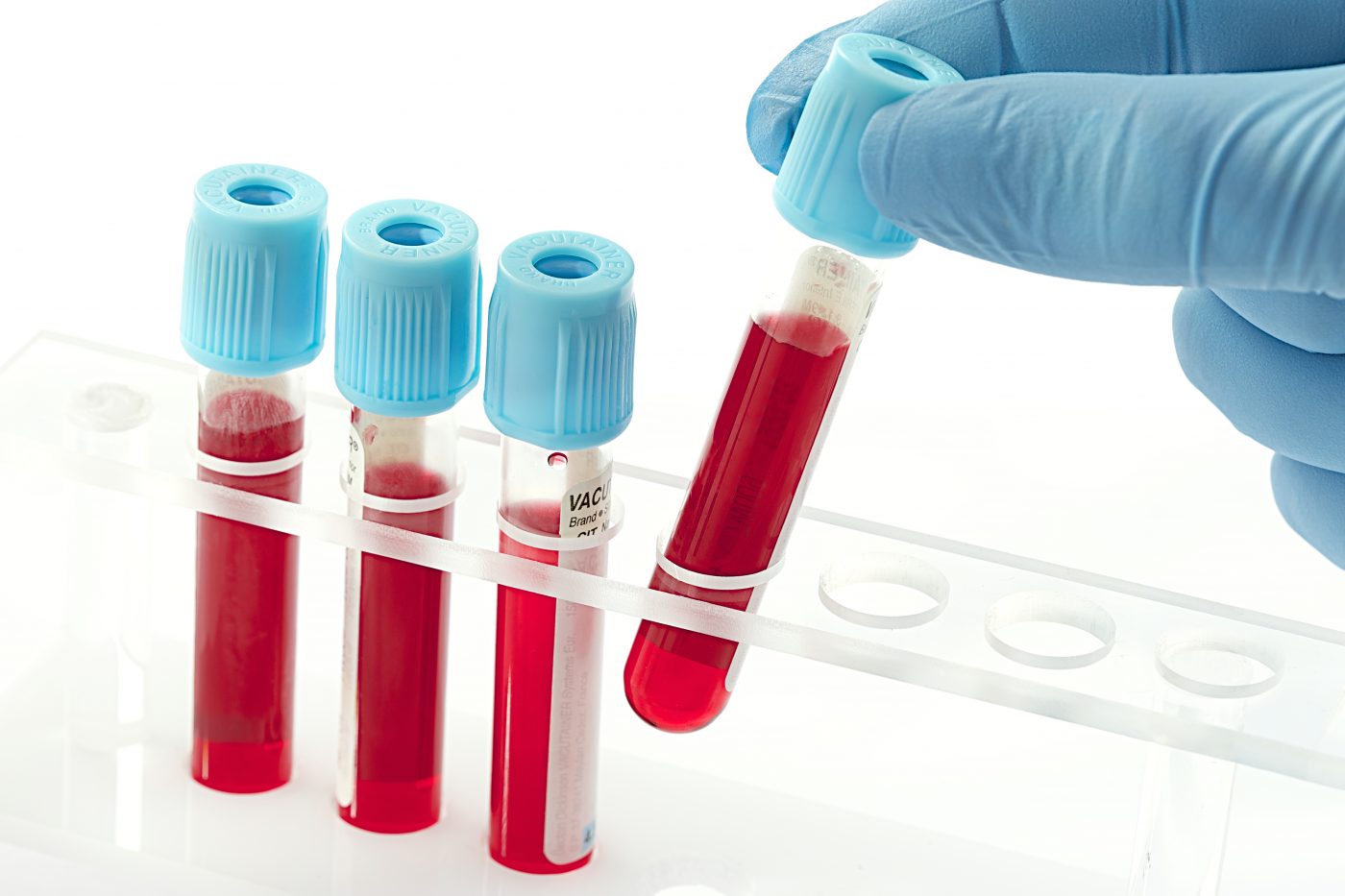Peroxiredoxin-4 May Be Useful Biomarker for Early Detection of Acute Exacerbations in IPF, Study Suggests

Shutterstock
The protein peroxiredoxin-4 may be a useful blood marker in the early detection of acute exacerbation of idiopathic pulmonary fibrosis (AE-IPF), a study has found.
The finding was described in the article “The overexpression of peroxiredoxin-4 affects the progression of idiopathic pulmonary fibrosis,” which was published in the journal BMC Pulmonary Medicine.
Every year, approximately 5%–10% of patients with stable IPF develop an acute exacerbation of the condition. A quick diagnosis of AE-IPF can help patients to receive appropriate and timely treatment, but few biomarkers are available to effectively diagnose the condition at its early stages.
Peroxiredoxin-4 (PRDX4) belongs to a family of antioxidant proteins that normally protect cells against damage by reactive oxygen species, which are natural compounds found in the body that may cause damage to tissues, including lung tissue, when their levels become too high.
The activity of the PRDX4 gene has been found to be higher in the lungs of patients with interstitial lung diseases such as IPF, but its involvement in the progression of the condition is not well-understood.
To shed light on this matter, researchers in Japan assessed the levels of PRDX4 protein in patients with stable IPF, those with AE-IPF, and healthy volunteers. The team also used a PF mouse model to investigate the role of PRDX4 in lung inflammation and fibrosis.
In total, blood samples from 51 patients with stable IPF, 38 patients with AE-IPF, and 15 healthy volunteers were analyzed. Nine of the stable IPF patients developed an acute exacerbation during the study, and the researchers were able to assess their blood biomarkers before and after developing AE-IPF.
Results showed that blood levels of all the IPF biomarkers analyzed — PRDX4, KL-6, surfactant protein D, and lactate dehydrogenase — were higher in patients with IPF than in healthy volunteers. In AE-IPF patients, all blood markers of IPF were present at even higher levels than in those with stable IPF.
In blood samples from stable IPF patients who developed an acute exacerbation during the study, only PRDX4 levels were higher than in stable patients, while the other IPF markers remained the same.
Scientists then studied how PRDX4 can contribute to lung inflammation and fibrosis by inserting the human PRDX4 gene into the DNA of mice (Tg mice). The normal mice and Tg mice were then exposed to a compound called bleomycin to induce lung fibrosis.
Results showed that, compared to normal mice, Tg mice exposed to bleomycin had higher levels of PRDX4 in their lungs, and more severe signs of lung scarring (fibrosis) and inflammation. Furthermore, the survival rates of Tg mice were worse than those of normal mice with PF.
Overall, based on the results, the team stated that “PRDX4 is associated with the aggravation of IPF,” and suggested that “serum PRDX4 may be useful in clinical practice of IPF patients.”







